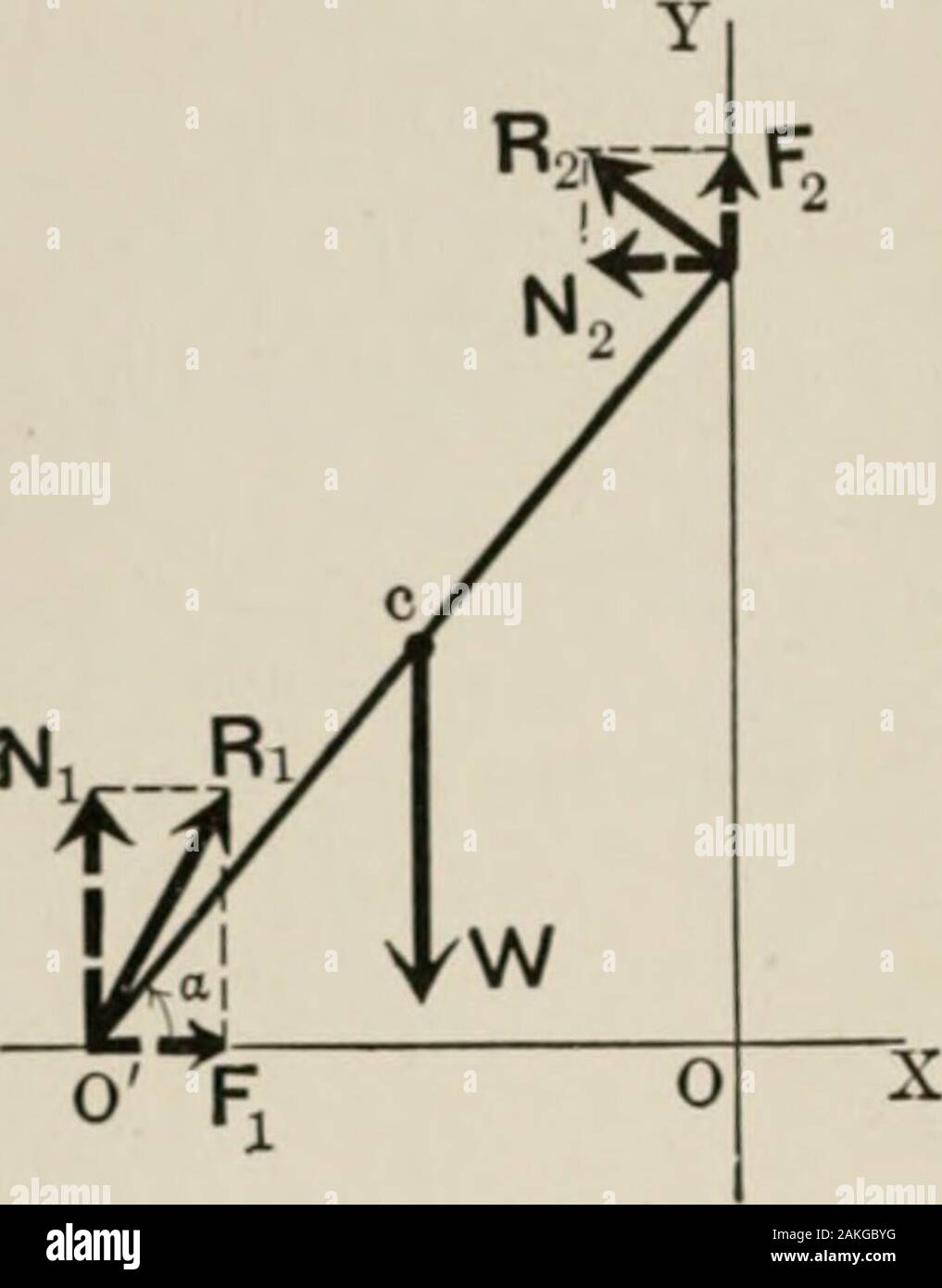


The magnitude is calculated to be 62.563.įinally, we calculate the angle using the y and x components of force. Next, we calculate the magnitude from these. The resulting sums of these are found to be -12.61N and 61.28. Those are as follows:Īs done previously, first we calculate the x and y components. This next example will involve only 3 different forces and angles, but some of the forces will have angles greater than 90 degrees. Inputting the values above yields a magnitude of 48.693 N.įinally, the angle of the force is calculated using the formula tan^-1 ( Fy/Fx) = 28.92 degrees. Next, we must calculate the magnitude of the resulting force using the formula F = Sqrt (Fx^2 + Fy^2). This yields 42.61 N and 23.55 N respectively. Next, we sum all of the X components together and all of the y components together. For the Y-component this is done by multiplying the force by the sine of the angle.ĭoing this yields the following X and Y components of force. For the X-component this is done by multiplying the force by the cosine of the angle. The next step is to calculate the X and Y components of each force. The following forces and angles will be used for this problem. The first step in solving for a resultant force is determining the forces and angles acting on the object. If you require less, simply leave them blank. The calculator above can solve for up to 5 different forces and angles. It’s the sum of all forces and their directions. Resultant Force DefinitionĪ resultant force is also known as the net force acting on an object. Fy is the sum of the y-components of forcesįor example, if there’s a force of 10 Newtons acting in the positive x-direction and a force of 5 newtons acting in the -x direction, the results for is 10 + (-5) = 5 newtons in the positive x-direction.Fx is the sum of the x-components of forces.Where Fxy is the magnitude of the resultant force.The following equation is used to calculate the resultant force acting on an object. The calculator will evaluate and display the resultant force. If you had a hydraulic ram with a cross sectional piston area of 2cm², a hydraulic pressure of 1 kgf/cm² would produce a force of 2 kgf.Enter the forces and angles/direction of up to 5 different forces into the calculator. Strictly speaking a kg/cm² is actually kgf/cm². So for a pressure of 1kgf/cm² to produce a 2kg force the surface area would be calculated as follows: Area = Force / Pressure = 2 kgf / 1 kgf/cm² = 2 cm²Į.g. The relationship between pressure and force is as follows: Pressure = Force / Area F (kgf) = P (bar) x A (cm²) x 1.0197162 Converting kg/cm2 pressure to kg forceġkg/cm² pressure = 2kg force, what is the calculation behind this? If the force is 1 kgf and the area 1 cm2, then the pressure in bar would equal 1.0197162 bar. If you want to calculate the force you will need to multiply the kgf/cm2 value (which is a pressure) by the cross sectional area of the hydraulic ram/cylinder in square centimeters. I would like to know what the conversion figure is for converting hydraulic pressure from bar to kgf? Help Hydraulic bar pressure to kg force conversion This is the resulting force generated by a pressure acting on a specified size of surface area and can be displayed in a choice of different force measurement units. Effective Area (A)Įnter the effective surface area which the applied pressure is acting on. The formula used by this calculator to calculate the force from pressure and area is:Įnter the reading in any units for the applied pressure. This tool will calculate the force generated by a pressure acting over a specified surface area and display two dynamic conversion scales for each input parameter.įor example you could use this calculator to determine the force generated by a hydraulic ram, or you could determine the necessary weight to generate a calibration pressure on a deadweight tester. Hydraulic bar pressure to kg force conversion.


 0 kommentar(er)
0 kommentar(er)
